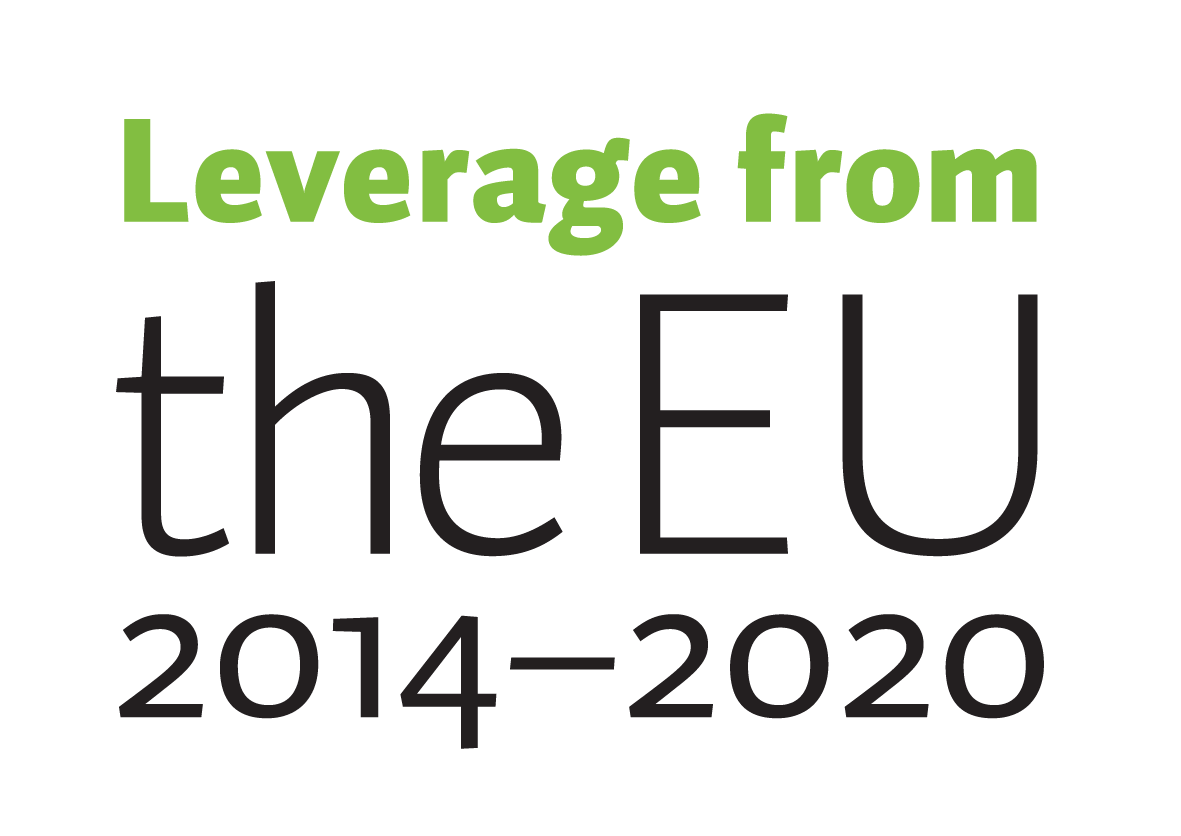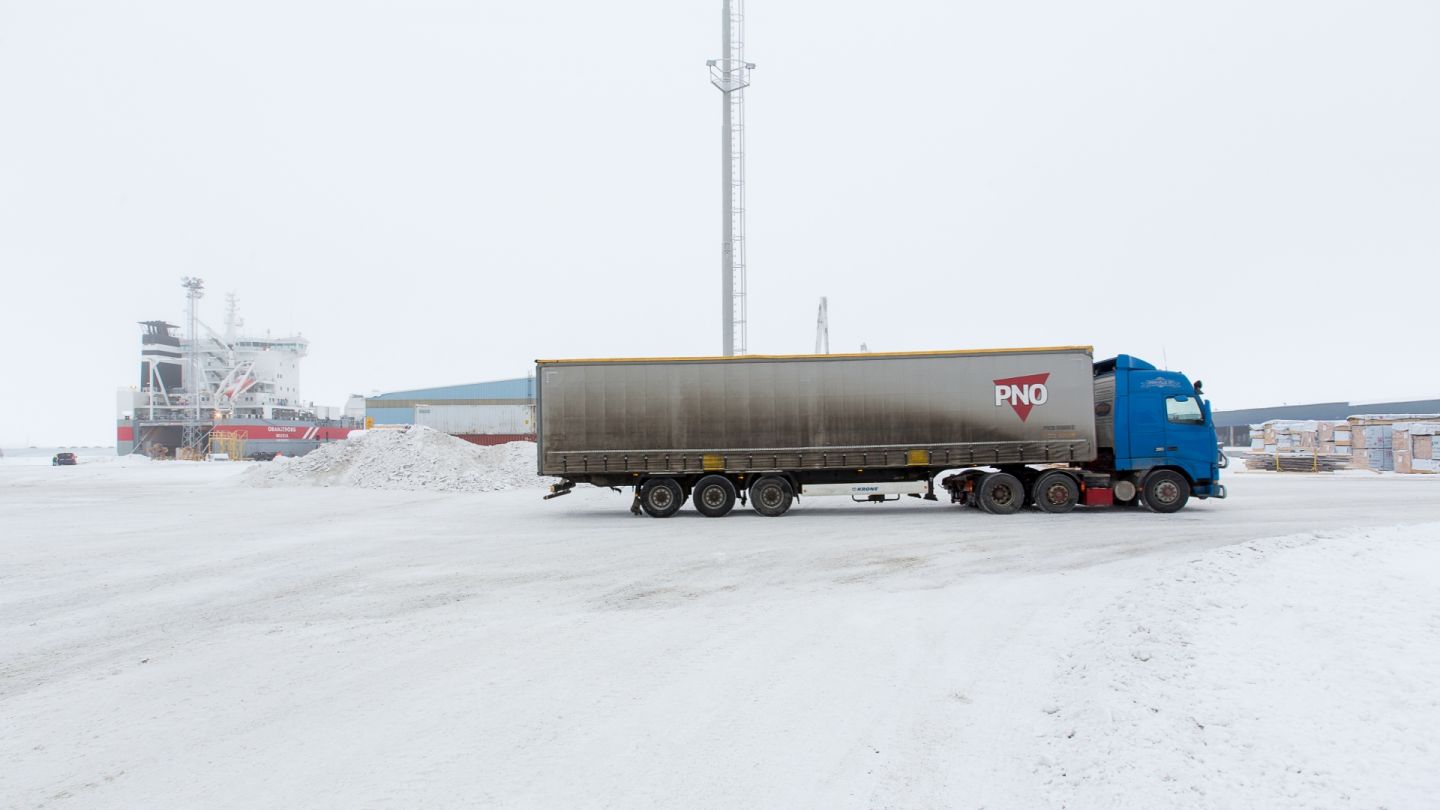Slated for 2018, the Arctic Truck Platooning Challenge (ATPC) is a project which responds to the goals of Fell Lapland to find savings yet increase the profitability of transport services through creating industrial design solutions to prevent accumulation of soy, snow, and ice in the truck’s chassis.
As a part of the key Project Kokeileva Suomi in Prime Minister Juha Sipilä’s Government Programme of creating experimental culture in all levels of society, ATPC envisages finding new service applications to remove snow and ice from the truck’s chassis.
Truck platooning is fast gaining prominence in Europe due to the multiple benefits and opportunities it promises, and the Finnish Lapland is the site of ATPC 2018. In platooning, trucks move behind each other forming a convoy with the aid of technology that enables automated driving support systems and connectivity. Cost effectiveness in truck platooning is primarily realized through reduced fuel consumption. Other benefits of platooning come in the forms of reduced emissions, smoother traffic flow, and more effective use of road.
According to Seppo Ahola of Kemin Digipolis Oy, who is leading the ATPC Project, there is a need to increase the traffic safety and cost effectiveness in logistic services, and track platooning will be one of the future solutions. A similar project, the European Truck Platooning Challenge, which saw a convoy of trucks crossing from the Swedish Town of Södertälje to Rotterdam in the Netherlands, was implemented in 2016.
Ahola said, – European Truck Platooning Challenge was organised as a mono-brand trial last year in the Netherlands. The new challenge, multi-brand platooning and Arctic Truck Platooning Challenge as a part of the trial, is being prepared. In Finland, the Finnish Transport Agency, the Finnish Transport Safety Agency, and several development projects will participate in the cooperation.
Besides Kemin Digipolis Oy, the University of Lapland, the University of Oulu, and four logistics and transport companies, namely TKH-Logistics Oy, Pohjaset Logistics Oy, Kuljetusliike Ilmari Lehtonen Oy, and Veljekset Toivanen Oy are involved in the ATPC Project implementation.
Preventing sludge accumulation
One step of ensuring smooth function of trucks forming a platoon is to prevent sludge accumulation in the trucks’ chassis. This is important because the sludge increases the weight of trucks by tonnes, pointed out Simo Rontti, a University of Lapland service designer involved in the project. Preventing sludge accumulation in the bottom structure of a truck, according to Rontti, also translates into conservation of fuel and making the whole process of driving smooth.
TKH-Logistics Oy CEO Marko Anttola concurs with Rontti about the potential savings to be made from Arctic truck platooning. – The project can have significant cost-saving effects in some modes of transport, said Anttola.
Truck platooning and autonomous driving in Arctic conditions
The testing of truck platooning in challenging conditions, more specifically in the Arctic conditions, is crucial to advancing the platooning system. As the project stakeholders explained, Fell Lapland is ideal for conducting the test drive, especially during the winter season.
– Another thing we are focusing on is experimenting autonomous driving in challenging circumstances and weather conditions. The experimentation takes place in closed test drive track in Lapland, said Rontti, adding that – It is important to experiment how different seasons impact truck platooning.
According to Anttola, winter is a very challenging time, more so if you think about autonomous driving.
– How can technology be able to take into account rapidly changing circumstances? These things will certainly be evaluated in this project as well. Certainly, the automotive industry is better equipped to implement solutions to these challenges, he said.
As service designers, said Rontti, they are also engaged in prototyping and designing of the autonomous test services.
– We utilize single service innovation corner which is our lab environment for service design. It is a kind of simulation lab where one can test services and replicate user experience.
The changing technological landscape may bring about transformations in terms of supporting services which go hand in hand with truck platooning and the broader outlook of logistics business in the future.
If labour costs be saved in terms of hiring drivers,– Then there might be other services which would be needed. It is important to get the whole picture and see how the business environment will be transformed. What would a typical logistics company in the future look like? Will there be more IT experts or traditional drivers, Rontti posed.
Another way to think about truck platooning in the future in terms of service design is also to conceptualize platooning not only in terms of physical structures but also the ecosystem design.
According to Rontti, the significance of ecosystem design, which already had been piloted in a previous project, enables proper utilization of data that might be of value to the third parties.
In such a big logistics value chain, he said, – There might be third-party players who provide services. This is part of the service design and can also be applied to truck platooning and autonomous driving.



